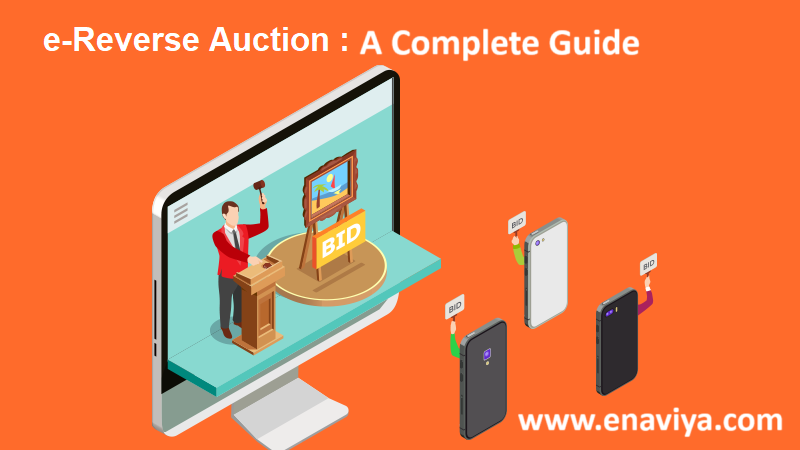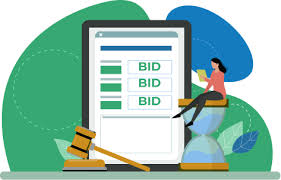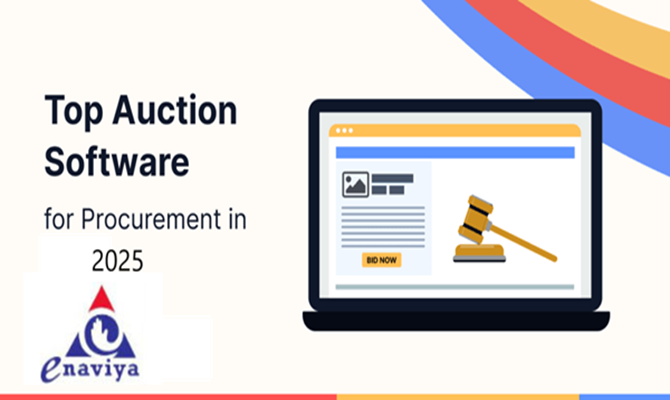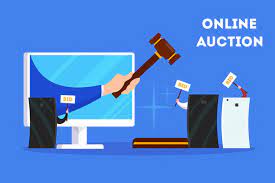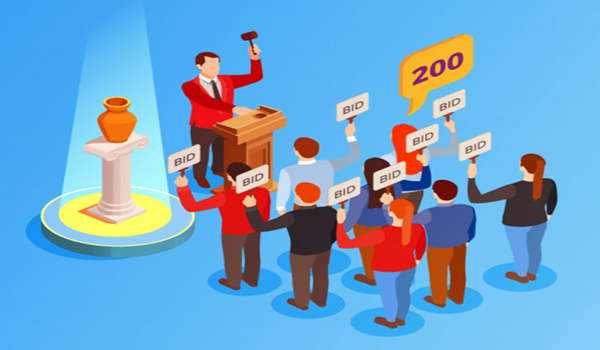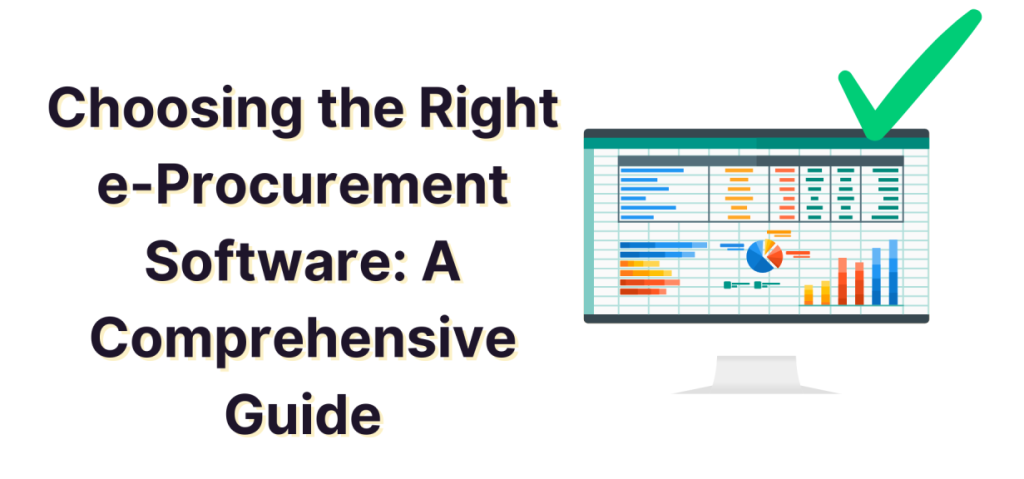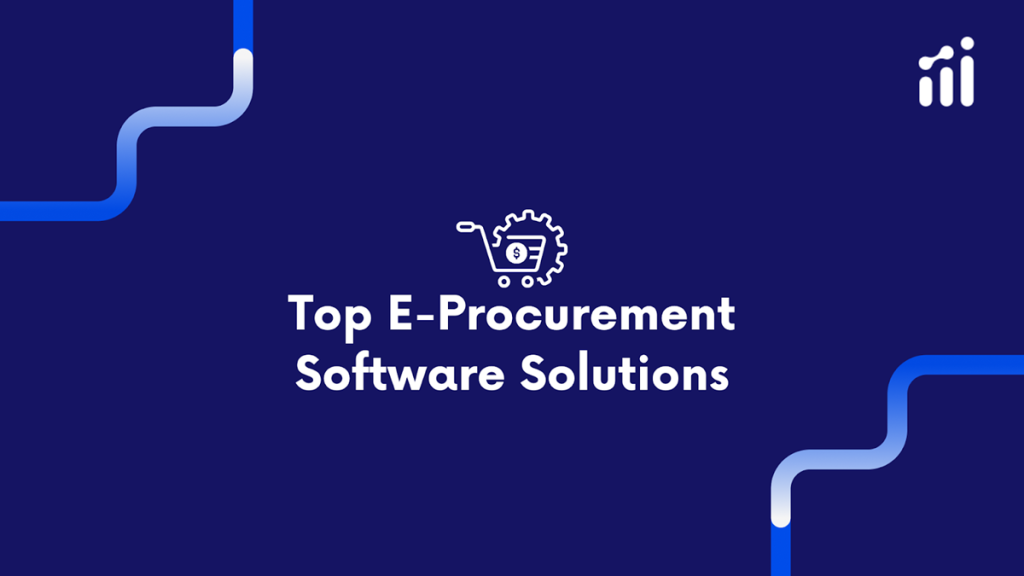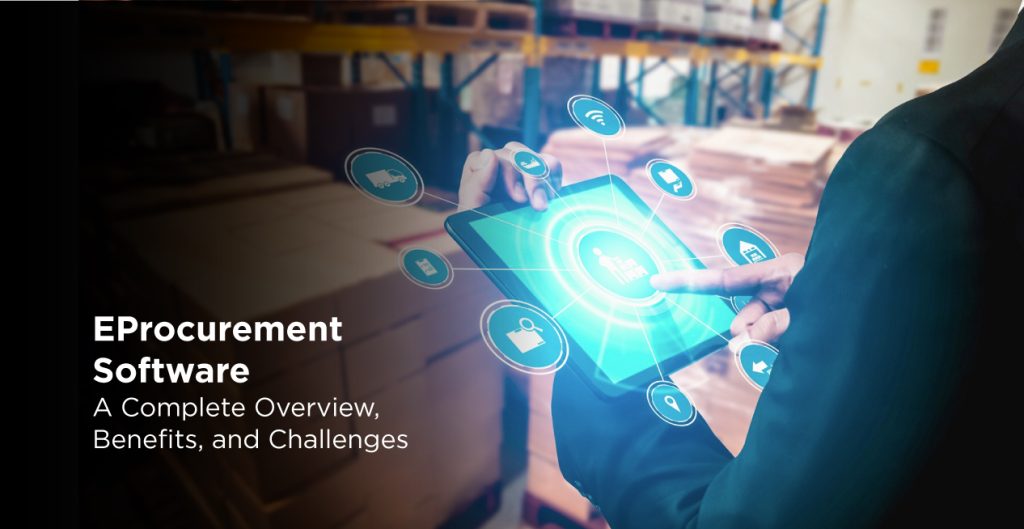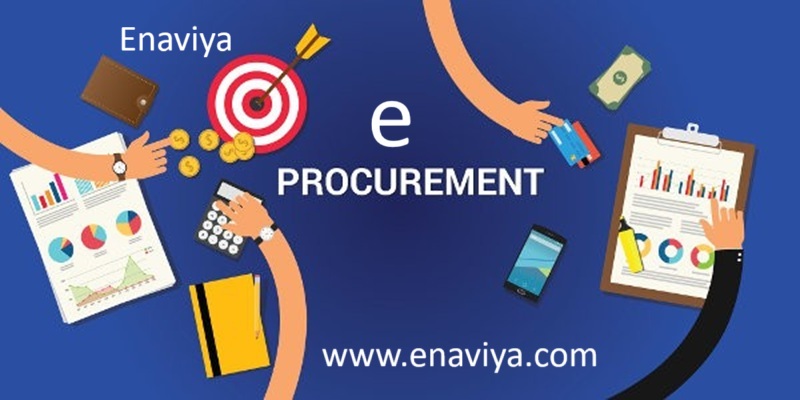In today’s competitive business landscape, companies are constantly looking for ways to reduce costs and improve procurement efficiency. One effective method is using reverse auction software, a digital solution that streamlines the bidding process. This article explores reverse auction systems, how they work, and their benefits, along with some frequently asked questions.
What is Reverse Auction?
A reverse auction is a type of auction where sellers compete to win business from a buyer by offering the lowest possible price. Unlike traditional auctions, where buyers bid upwards, in a reverse auction system, suppliers drive prices down to secure contracts.
This approach is widely used in procurement, government tenders, and supply chain management to ensure cost-effective purchasing.
How Reverse Auction Software Works?
Reverse auction management software automates the bidding process, making it faster and more transparent. Here’s how it works:
- Buyer Posts Requirements – The buyer defines product/service specifications and invites suppliers.
- Suppliers Submit Bids – Vendors place competitive bids, lowering prices to win the contract.
- Real-Time Bidding – The software allows suppliers to see competing bids (anonymously or openly) and adjust their offers.
- Auction Closes – The buyer selects the best bid based on price, quality, or other predefined criteria.
- Contract Awarded – The winning supplier is notified, and the deal is finalized.
This process ensures fair competition while helping businesses secure the best possible deals.
Key Benefits of Reverse Auction Software:
- Cost Savings – Encourages suppliers to offer their best prices.
- Increased Transparency – All participants see real-time bidding activity.
- Efficiency – Reduces negotiation time and manual procurement efforts.
- Supplier Competition – Drives vendors to provide better terms.
- Data Insights – Tracks bidding trends for future procurement strategies.
Implementation Considerations
- Supplier Training: Ensure suppliers understand the platform.
- Change Management: Procurement teams may resist new workflows.
- Bidder Qualification: Vet suppliers to ensure quality and compliance.
- Auction Strategy: Choose the right auction format and timing.
- Integration: Align with existing ERP/procurement systems.
Common Use Cases:
- Direct Procurement: Raw materials, commodities, bulk goods.
- Indirect Procurement: Office supplies, MRO items, logistics.
- Services Procurement: Facility management, consulting, outsourcing.
- Government Tenders: Widely used in public sector e-procurement.
Challenges and Risks
- Price vs. Quality: Lowest price doesn’t always mean best value.
- Supplier Pushback: Some may avoid auctions due to margin pressure.
- Limited Use Cases: Not suitable for all categories (e.g., creative services).
- Over-automation Risk: May reduce relationship-based strategic sourcing.
Future Trends in Reverse Auction Technology
- AI & Predictive Analytics: Forecasting supplier behavior and pricing trends.
- Blockchain for Procurement: Enhancing auditability and trust.
- Mobile Bidding Interfaces: Increasing flexibility and engagement.
- Sustainability Metrics: Evaluating environmental/social impact during bidding.
- Integrated S2P Platforms: Seamless flow from sourcing to payment.
FAQs on Reverse Auction System:
1. What industries use reverse auction software?
Industries like manufacturing, healthcare, government, and retail use reverse auction system to optimize procurement.
2. Can reverse auctions be used for services?
Yes! Besides goods, services like logistics, IT, and consulting can also be procured through reverse auction software.
3. Is reverse auction software secure?
Reputable platforms ensure data encryption, user authentication, and bid confidentiality.
4. How do suppliers benefit from reverse auctions?
Suppliers gain access to new business opportunities and a fair, competitive bidding environment.
5. What’s the difference between forward and reverse auctions?
In forward auctions, buyers compete to purchase (e.g., eBay), while in reverse auctions, sellers compete to sell.
Are you looking for the best reverse auction software? Try EnavAuction today – one of the best in features, price, and customer support.
Highlighted Features of EnavAcution Software:
- Real-Time Bid Tracking
- Custom Alerts & Notifications
- Comprehensive Reporting
- Seamless Integration
- Robust Security Protocols
- Customizable Auction Parameters

